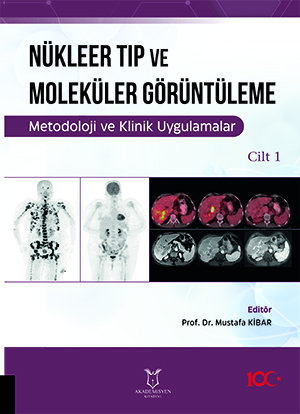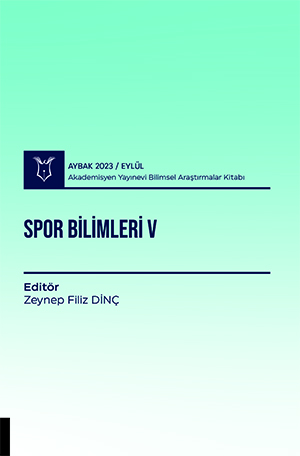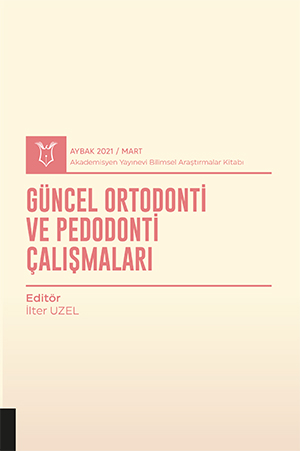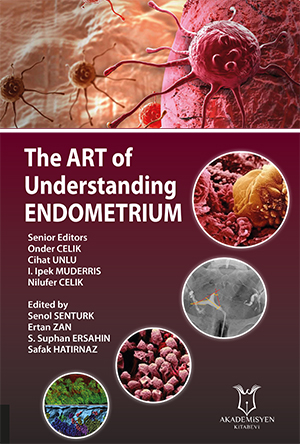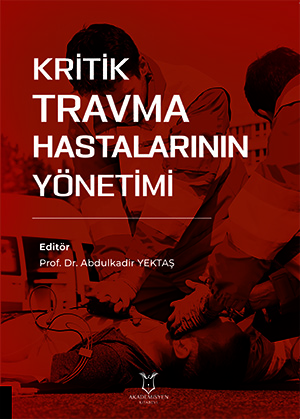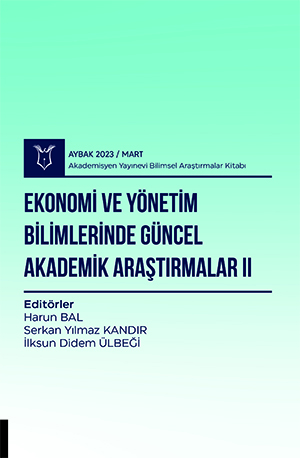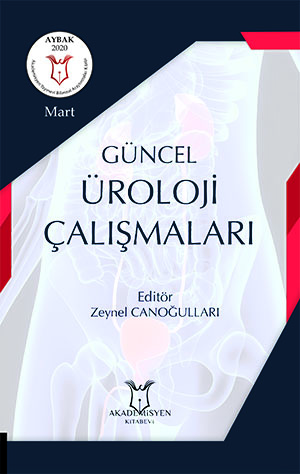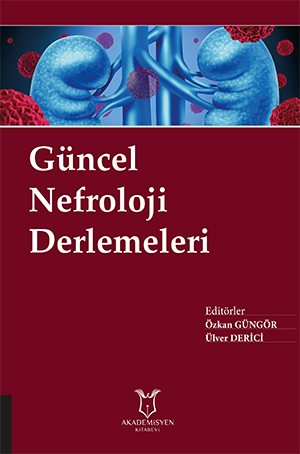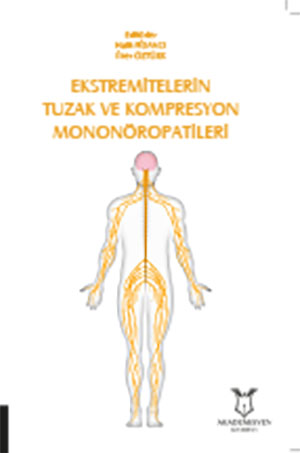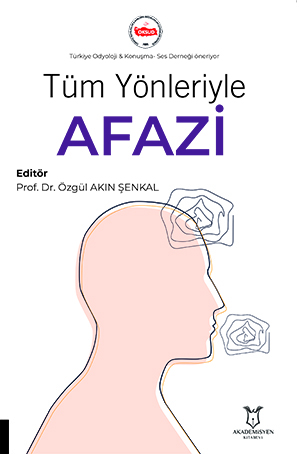Roux-en-Y gastric bypass is a surgical procedure developed by Georg Theodor Roux in 1893. Initially used to treat gastric cancer, this method is now used in upper gastrointestinal surgery, liver, pancreas, and bowel diseases, and obesity and metabolic surgical treatments. In the application of the Roux-en-Y technique, the selection of the small bowel anastomosis is determined by the surgical procedure. The technique may vary depending on the organs to be anastomosed. The surgical suture material and techniques used in the anastomosis are determinants of surgical success. In postoperative care, the patient's oral intake should be gradually increased, and possible complications such as bleeding and leakage should be carefully monitored. Anastomotic leakage is the most serious complication encountered in the Roux-en-Y bilioenteric bypass procedure. Medical, endoscopic, or surgical intervention may be required in this case. In conclusion, the Roux-en-Y technique is an effective surgical procedure, but it is a surgical technique that needs to be considered for its significant complications.
Bu kitabın bölümleri bulunmamaktadır.
Atıf Sayısı :





